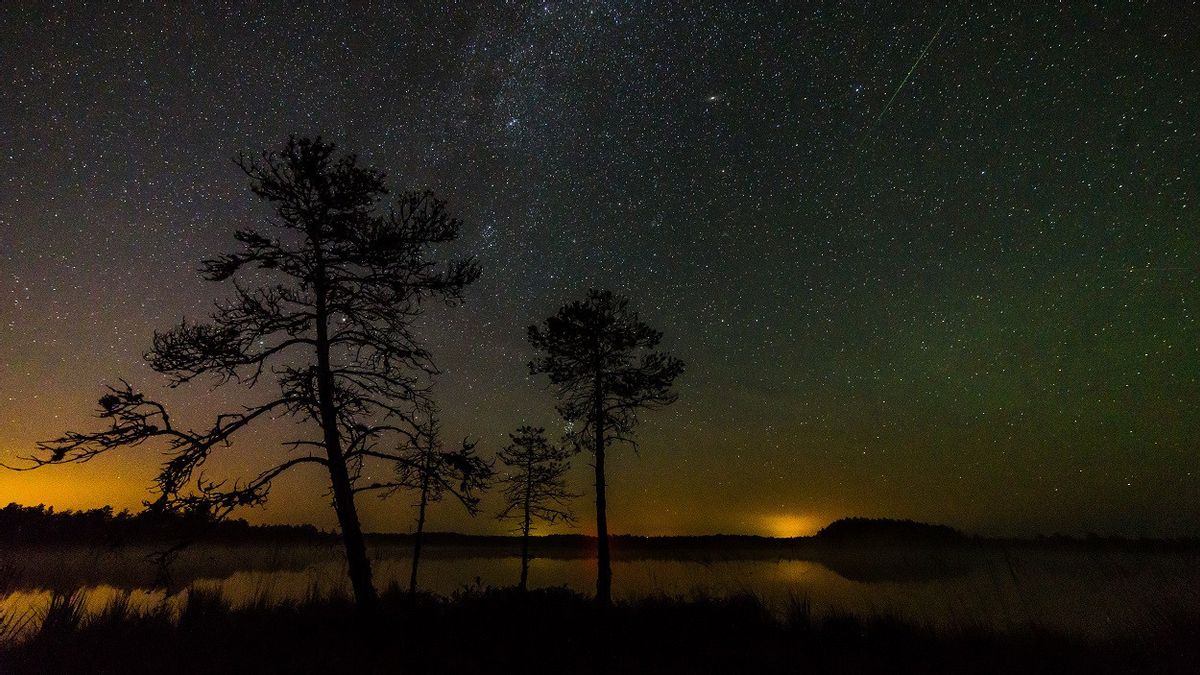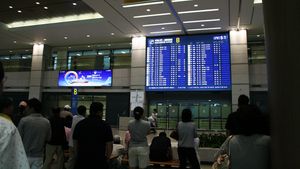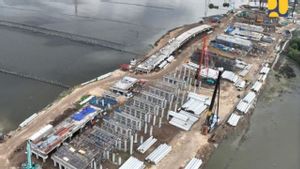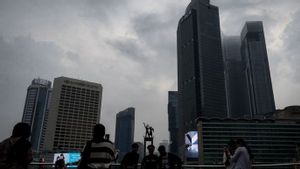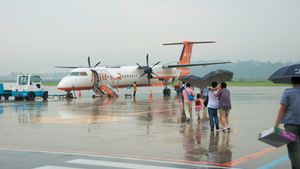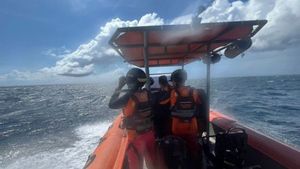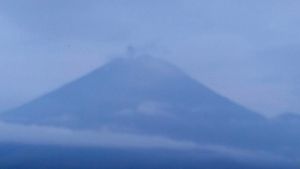JAKARTA - Abu Dhabi astronomer, United Arab Emirates (UAE) managed to find a giant asteroid believed to be at least six times larger than Burj Khalifa, but it is said to have not threatened the earth.
International Astronomy Center Director Mohammad Shawkat Odeh said the space rock is estimated to be between 5 km to 10 km in diameter, dwarfing the 830 meter Burj Khalifa in Dubai.
He identified the asteroid while examining data taken by the Pan-STARRS 2 telescope at the Haleakala Observatory, Hawaii.
"Currently, what we know is that the asteroid is a dim asteroid and not a bright asteroid. Therefore, we don't know much about its parameters including its size," he told The National, as quoted August 21.
"We think the size is normal with a diameter of between five and 10 km," he continued.
He said the asteroid orbits the Sun once every four years at a distance of about 375 million km, and had been photographed several times before its discovery, with previous observations made in 2006.
The initial discovery certificate for the asteroid, temporarily named '2022 UY56', has been given to Odeh.
The International Astronomical Union (IAU) will provide a permanent name and officially recognize its inventors, after completing extensive observations and enabling precise orbital calculations.
Odeh said the asteroid's discovery was an important topic in optimism, as scientists were always worried that this rocky object could harm Earth.
He added, '2022 UY56' follows a rather elliptical orbit and is not dangerous to Earth.
"He is located between Mars and Jupiter in the asteroid belt where 90 percent of asteroids are usually found," he said.
The discovery follows a careful analysis of astronomical images provided by NASA-backed programs and in collaboration with global partners, including Hardin-Sculpture University in Texas and the Catalina Sky Survey project, International Astronomy Center President Khalfan bin Sultan Al Nuaimi said on Monday.
SEE ALSO:
The impressive discovery comes as the UAE seeks to deepen its knowledge of asteroids.
Emirates' mission to the Asteroid Belt (EMA) is scheduled to be launched in 2028. Supported by the $1 billion UAE Space Fund, the mission will take 13 years, including the six-year spacecraft development phase followed by a seven-year journey into the asteroid belt.
The MBR Explorer spacecraft will travel five billion km, and will fly across close to seven asteroids, with the first expected encounter to take place in February 2030, marking the start of an extensive exploration mission.
The English, Chinese, Japanese, Arabic, and French versions are automatically generated by the AI. So there may still be inaccuracies in translating, please always see Indonesian as our main language. (system supported by DigitalSiber.id)
